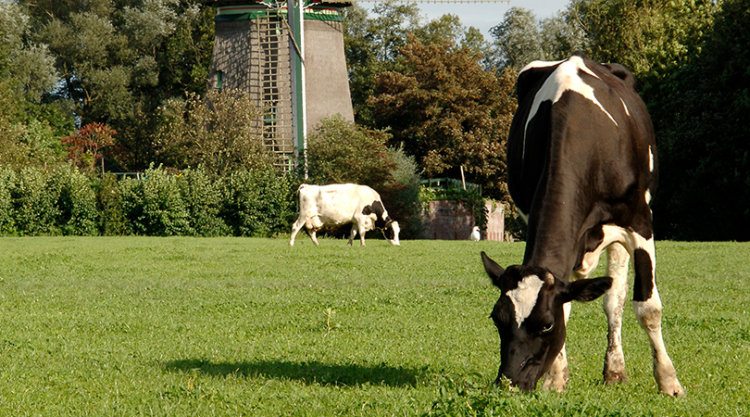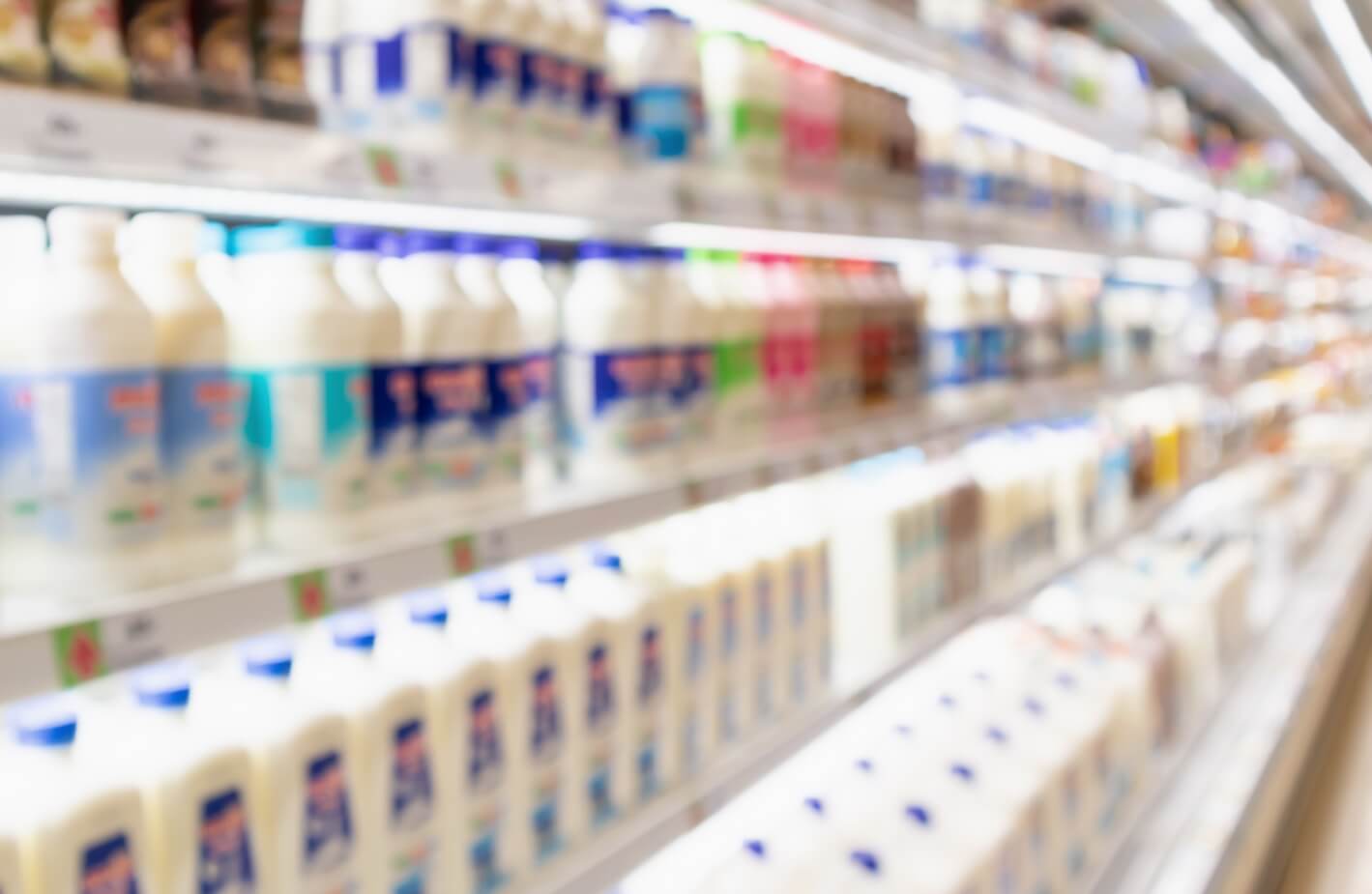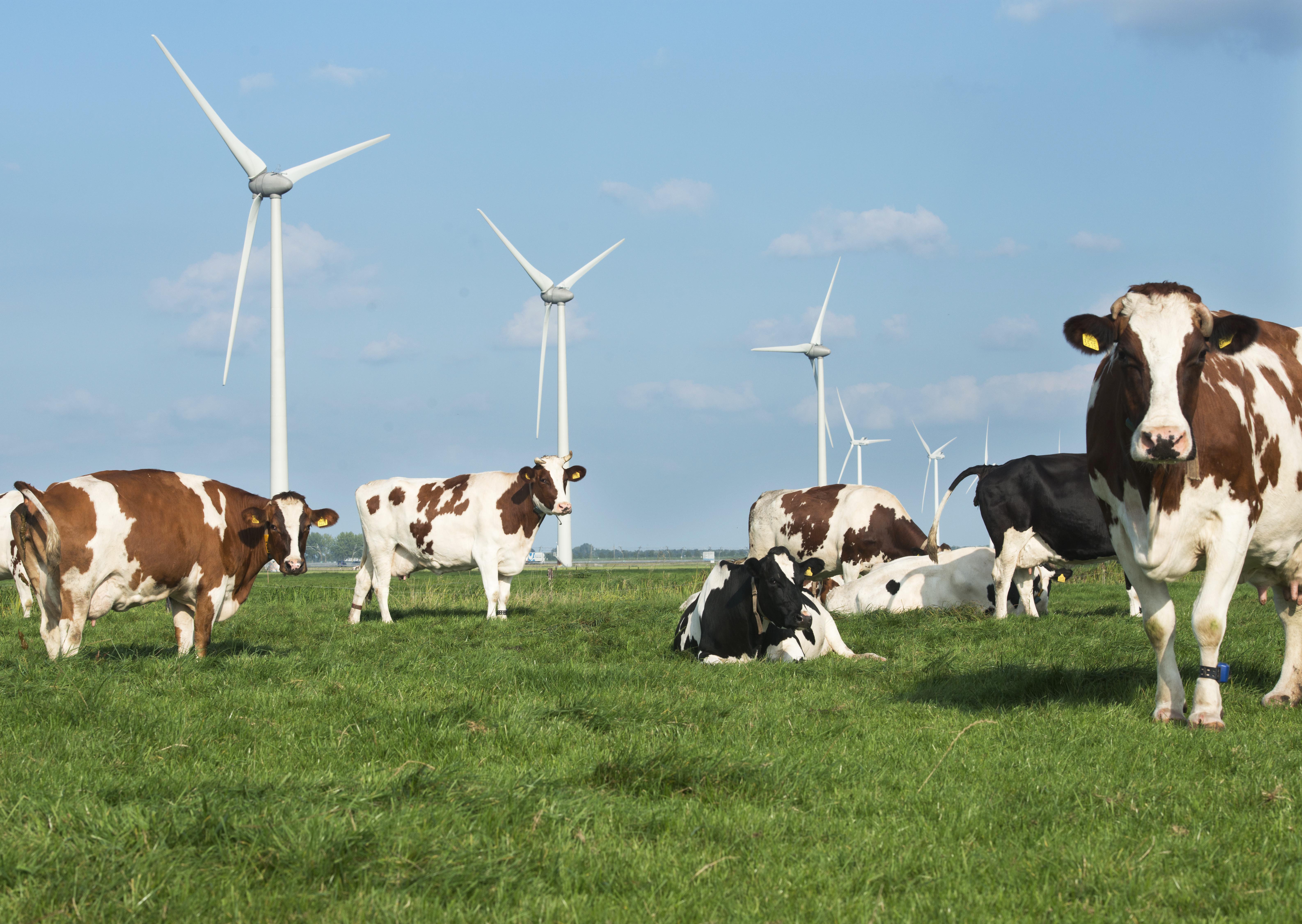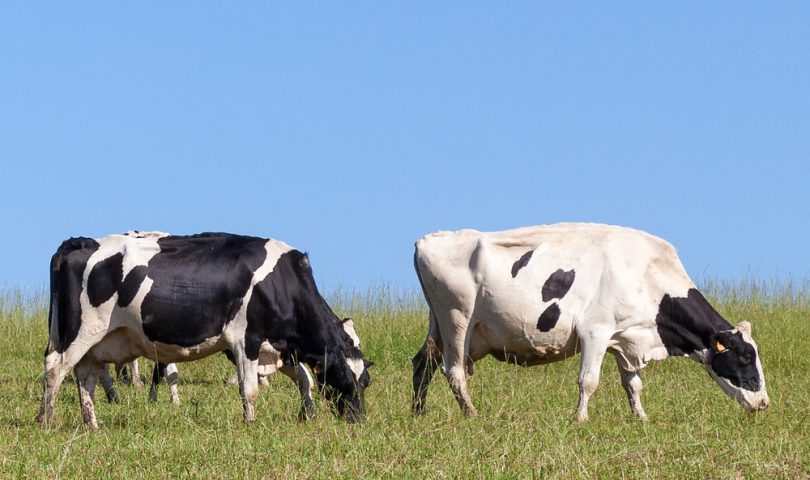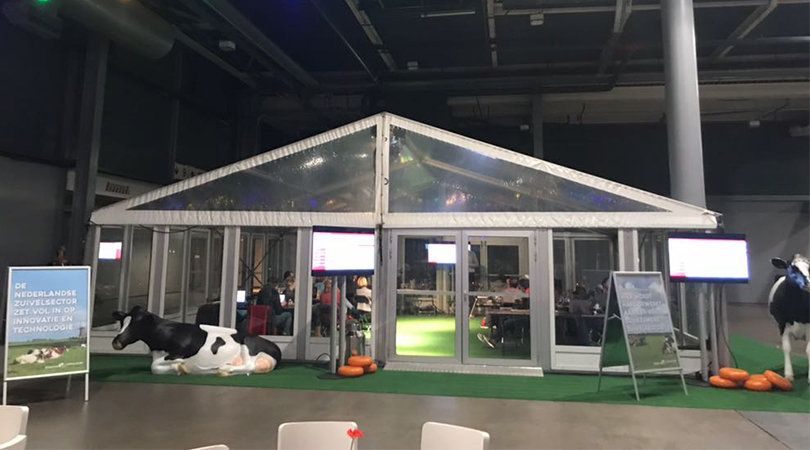
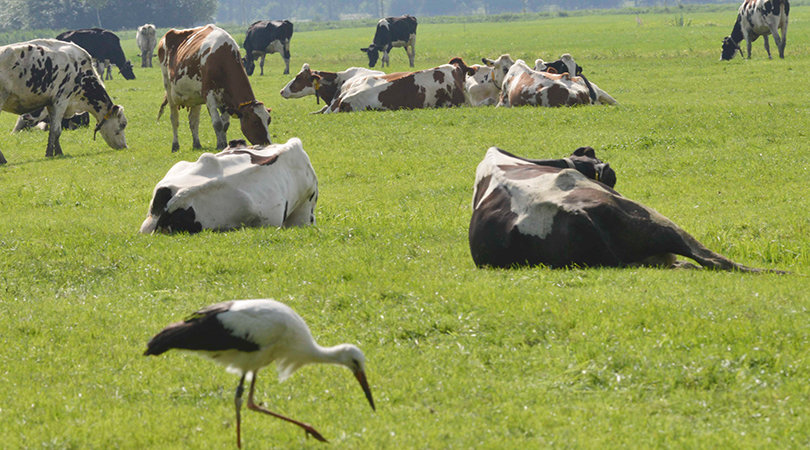
Biodiversity
Respect for animals, our surroundings, and the environment are cornerstones of growth in the dairy industry.
Read moreRespect for animals, our surroundings, and the environment are cornerstones of growth in the dairy industry. In this industry, biodiversity encompasses all of the plants, animals, and a great deal more that dairy farming entails. Biodiversity is also one of the key goals of the Sustainable Dairy Chain, and several initiatives have been launched to reach this goal. Dairy farmers use a biodiversity monitoring system, feed made with 100% responsible soy, and they put their hearts into the land they work on –– protecting and restoring the biodiversity of their lands in return.
Biodiversity monitor
The biodiversity monitor was developed by the Sustainable Dairy Chain in cooperation with Royal FrieslandCampina, Rabobank, and the World Wide Fund for Nature. By tracking six pressure points, dairy farmers can see how their work affects the biodiversity of their lands. The tool therefore provides a complete picture of dairy farming’s impact on biodiversity. The six factors monitored are greenhouse gasses, land use, environmental impact, soil use, landscape maintenance, and types of management.
100% responsible soy
Since 2015, the Dutch dairy chain has used 100% responsible soy in its cattle feed. This makes the Dutch dairy sector a leader in the use of responsible soy, a fact confirmed by the World Wide Fund for Nature, Solidaridad, and Natuur&Milieu, which are working together to reach this goal.
Soy forms part of a dairy cow’s diet. The Dutch dairy cow eats mainly grass and corn (92%) grown in the Netherlands. A dairy cow consumes 750 grams of soy a day, 1.2% of its entire diet. Today, most of this soy is imported from abroad. Dutch dairy farmers only use soy certified as responsibly produced. This means that deforestation did not take place in the course of its production, that the property rights of small farmers were respected, and that pesticide use was minimized.
In 2015, all dairy companies in the Netherlands included responsible soy in their supply conditions. Since that time, dairy farmers may only procure feed from suppliers that have purchased adequate certificates for responsible soy.
Protecting biodiversity on dairy farms
Biodiversity includes preserving the variety of plants and animals that grow and live in the Dutch landscape. Respecting the biodiversity of our lands gives birds, insects, herbs, and flowers the room they need to thrive.
One way that farmers protect biodiversity is by improving the manure cycle. Cow manure is rich in fiber and minerals, and it maintains the health of soil. Everything on a dairy farm is connected. Healthy pastures where the cows can graze, birds that eat the insects living in the ground. Farmers contribute to biodiversity in other ways, too – such as by waiting longer to mow fields and the banks of ditches. Or by raising water levels in certain spots in the pastures so that the ponds can attract meadow birds.
